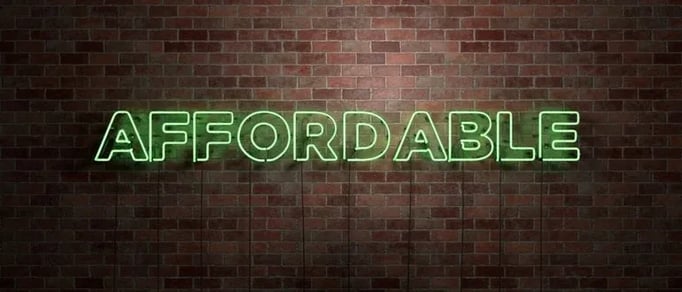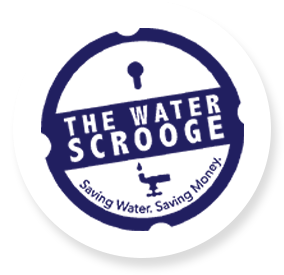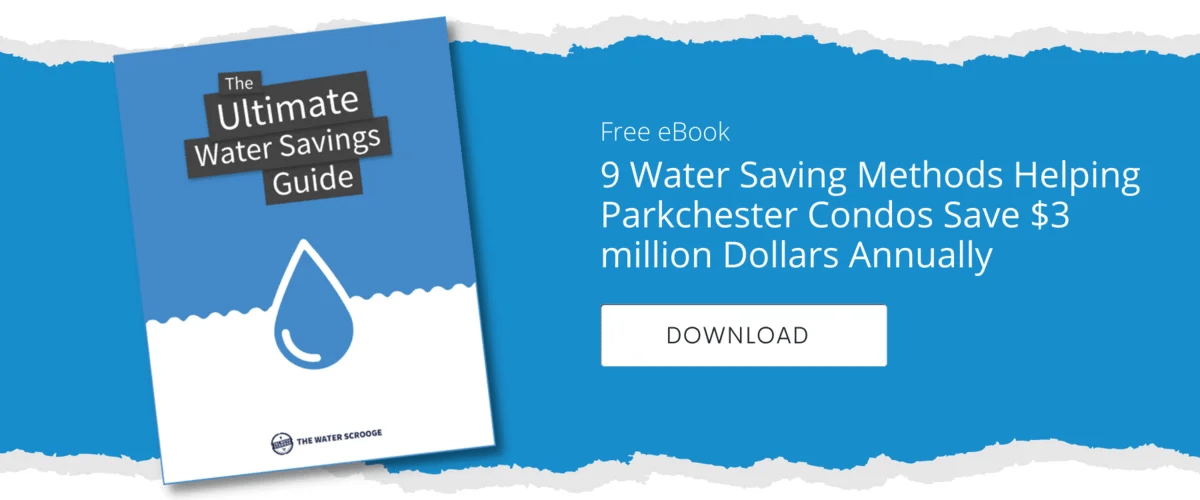3 min read
Affordable Housing Developers: Increase Profits With Technology in NYC
![]() David Schwartz
Mar 15, 2017 9:00:00 AM
David Schwartz
Mar 15, 2017 9:00:00 AM

What do retail associates, police officers, and municipal employees in major cities all have in common?
- They are all necessary components of high-functioning communities, and
- They often don't make enough money to live close to the communities they serve.
Such is the dilemma that affordable housing developers are seeking to solve.
But it's not just our community service workers who need affordable housing. Individuals in a variety of life phases—from recent college graduates to certain members of the elderly community—can all stand to benefit.
Affordable Housing Developers Increasing Profits
Over the past decade, several major U.S. cities have implemented affordable housing programs in an effort to counteract the effects of increasing inflation.
Interestingly, recent research tells us that affordable housing programs often spur economic growth in the communities they serve, increasing both spending and employment. Sounds like a win-win, right?
Well, it is...unless you are an affordable housing developer struggling to turn a profit on a strict budget. In such instances, total revenue earned is often based on efficient building usage post-development. And, in a city like NYC (where landlords are footing water bills), efficiency directly correlates with profits.
For the remainder of this article, we'll discuss how developers are increasing profits with new technology.
Common Forms of Conservation Technology
When it comes to property-wide conservation (beyond building materials used), developers have a few options. The most common ones are the installation of LED light bulbs, landscaping water sensors, and greywater recycling units. If you're already familiar with these conservation methods, feel free to skip ahead.
1. LED Bulbs
Due to their energy-saving benefits, LED light bulbs will be the government mandated standard by 2020. At which point, you'll have to look hard to find incandescents. How much do they really save? LEDs use 6 to 8 watts of energy, whereas an incandescent uses about 60 watts of energy.
According to thesimpledollar.com, the cost of keeping one 60-watt lamp lit with incandescent bulbs over a 23-year-period is more than $200. By comparison, the cost of using a single LED light bulb would be $38. As you know, small costs can add up fast, Common rooms, laundry rooms, hallways and more all require electricity 24/7. Running with the above example, 50 bulbs would result in a savings of $7,500 during the same period. All this to say, don't wait to switch to LED.
2. Greywater Recycling
Though less common, reclaiming greywater and collecting rainwater are effective methods of water conservation. Greywater is water that has already been used for non-toxic purposes (the water that goes down the drain from laundry and showers) and which can be used for landscaping.
How much could your building save by recycling greywater? Some systems claim to reduce water usage by as much as 50 percent. But not so fast—don't forget to factor in the cost of maintaining and servicing the system itself. It's a viable option for many residential buildings.
3. Irrigation Sensors
Irrigation sensors ensure you don't use any more water than absolutely needed to achieve desired landscaping results. Sophisticated versions can measure a variety of factors, including temperature, soil moisture, and of course, rain. Studies show soil moisture sensors can result in water savings of at least 20 percent.
But even just having a simple rain shutoff can boost profits. Most resemble a simple cup. As rain falls, water is absorbed by special discs within the cup. Once the device senses enough moisture, it automatically overrides the current irrigation program in place. You may not have to live somewhere like Seattle for this to be a real money-saver. Little Known Fact: NYC is actually only second to Houston when it comes to national rain averages of major U.S. cities.
New Forms of Technology
Still looking for a way to get an edge? We don't blame you.
While implementing any of the above measures will likely increase profits over time, none of them address the more immediate issue: Leaking Toilets. An estimated 1 in 5 toilets is leaking at any given moment, according to the American Water Works Association.
Why aren't more people in residential building circles talking about this? Because the issue often goes unnoticed and unreported. Unless a tenant is extremely environmentally conscious, they are unlikely to be bothered by the occasional sound of a toilet tank refilling.
Additionally, NOT all leaking toilets produce sound. Since new leaks are always occurring, there is no way for management to effectively know which toilets to check and when. Which is why we developed The Toilet Scrooge: A 24/7 wireless monitoring device that lets landlords know when they have a leak.
How Much Can You Really Save?
How much you can expect to save depends on a variety of factors, such as building size, occupancy size, water pressure, and individual tenant habits. But you can do some quick math:
- Calculate the number of toilets in your building and divide by five (this is how many toilets you are looking at).
- Multiply that number by $1,200 (this is the average annual cost of one medium-sized leak in NYC).
- Finally, multiply that number by five years.
If you have 100 toilets in your procession, that translates to 20 leaking toilets and about $24,000 lost in one year and $120,000 over the course of five years! Most of our clients earn back their investment within the first year alone.
The Water Scrooge Is Here to Help
Our goals are quite simple: To save environmental resources AND to save you money. We take them both very seriously. Accomplishing one without the other just doesn't work for us.
We're constantly coming up with new ways to improve existing technology to help us achieve our goals. If you would like to learn more about how our conservation methods could increase profits on your next development project, speak to an expert.


